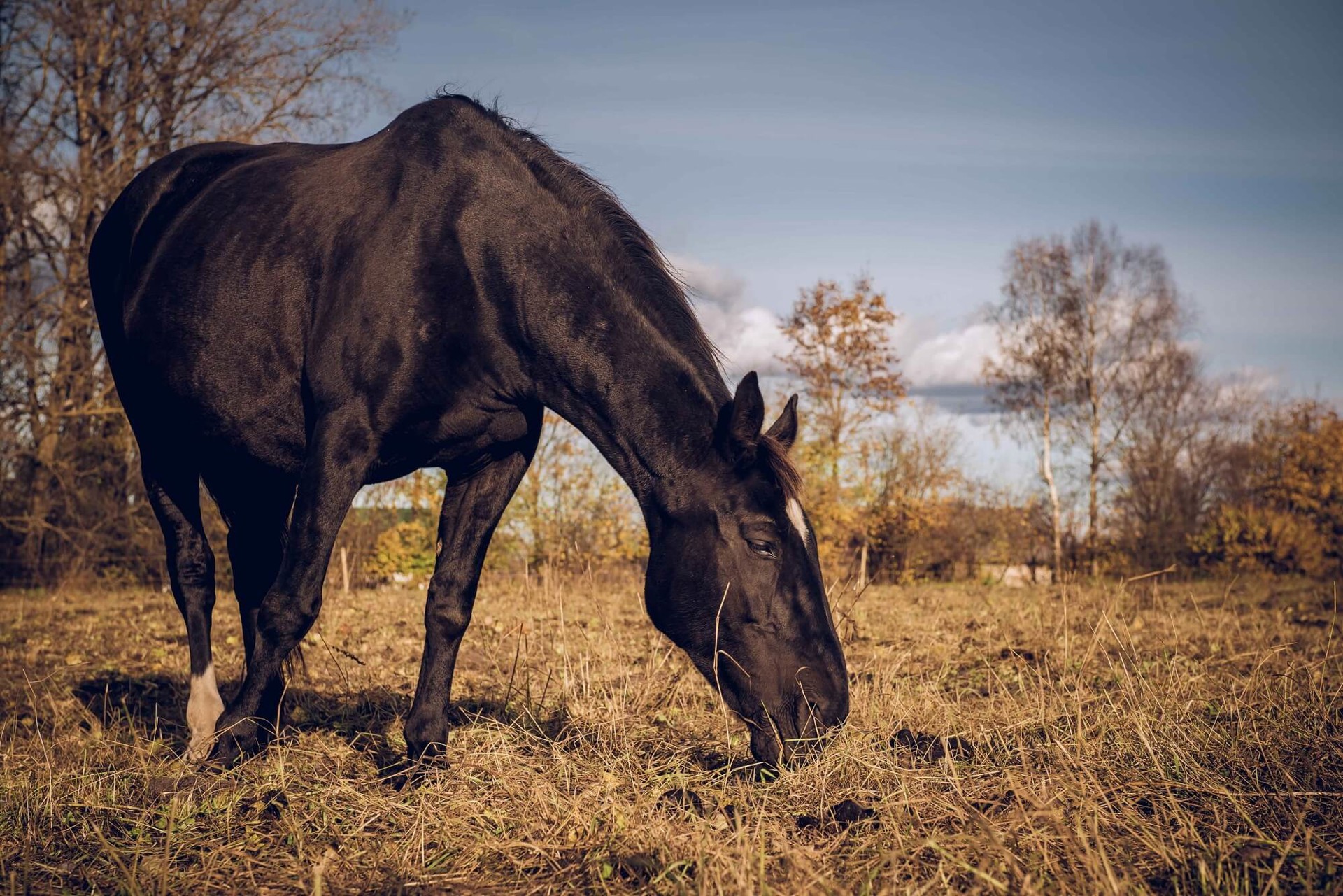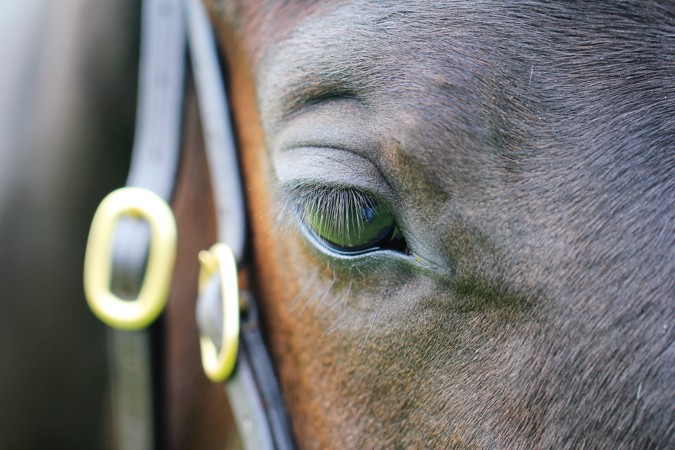Sinusitis, more than 'just a snotty nose'
09 Mar 2023
The sinuses are a complex system of air filled chambers within the head, which interconnect and ultimately drain into the nasal passages. They are found at the front and sides of the head around eye level and the roots of the last 3 or 4 upper cheek teeth are situated within them.
Sinusitis can be primary or secondary to another disease process, such as a tooth root infection, sinus cyst, ethmoid haematoma or tumour.
Infection or inflammation causes discharge to accumulate in the sinuses before draining down the nose; often appearing at only one nostril as the sinuses are divided into separate groups on the right and left sides. If the drainage route becomes blocked or narrowed (due to swelling, thick pus or a physical obstruction), the discharge will build up and start to fill the sinuses.
Horses suffering from sinusitis usually have a unilateral (one sided) nasal discharge which is often thick and foul smelling. They may appear unwell, have a high temperature (over 38.5 degrees), reduced appetite or swelling of the face. In some cases of uncomplicated primary sinusitis, antibiotics may resolve the condition completely but in secondary sinusitis or primary sinusitis where the drainage is impaired, antibiotics often improve the clinical signs or suppress them for a short time only.
Sinusitis is normally diagnosed by X-rays of the head. As the sinuses are air filled structures, they should appear mostly black on X-rays. A grey appearance indicates fluid or soft tissue within the sinuses; in some cases a “fluid line” may be seen where the surface of the fluid creates a straight line in contrast to the air above.

How Do We Treat it?
Treatment for sinusitis involves addressing the underlying cause (e.g. extracting a diseased tooth or surgically removing a cyst or mass) and then removing the pus which has accumulated in the sinuses.
This is done by creating either a small hole (trephine) or flap in the skull over the frontal sinus and flushing the sinuses with clean warm salt water. Often this flushing is repeated for several days through a soft catheter that remains inserted through the skull.
Although this surgery may sound drastic, it is very well tolerated by most horses and usually done under sedation.
